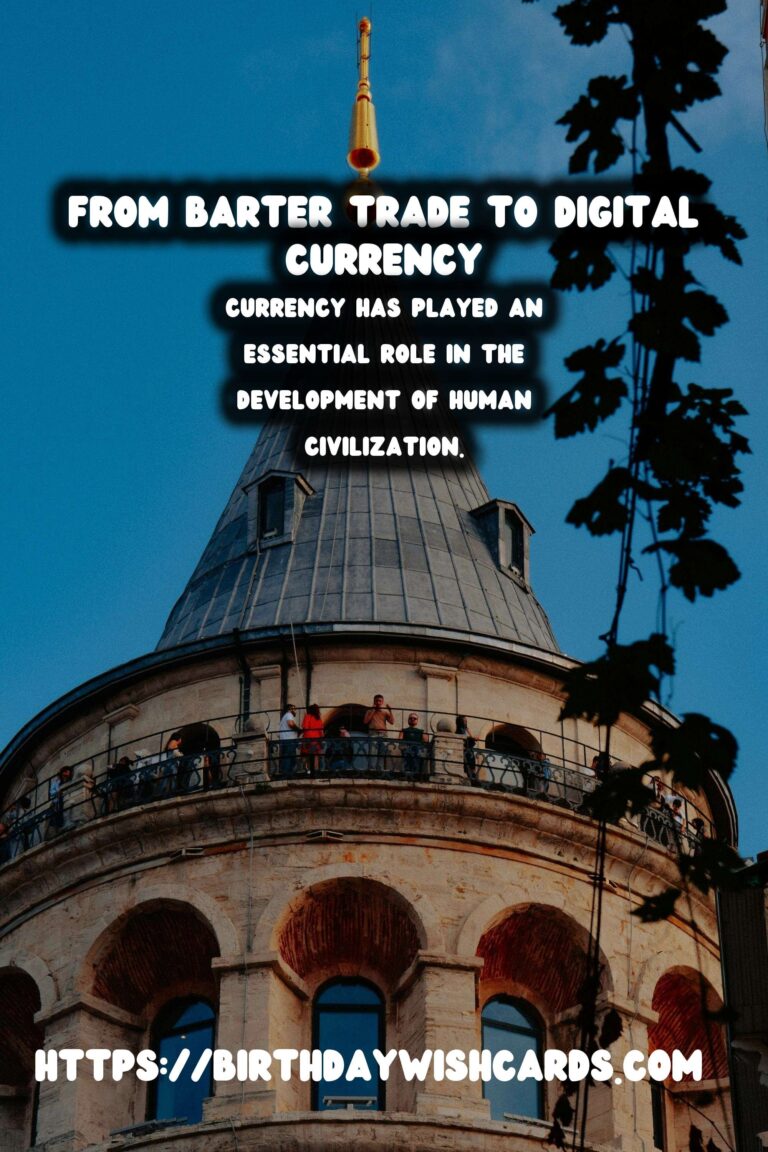
Currency has played an essential role in the development of human civilization. From the earliest days of barter trade to the modern digital currencies powered by blockchain technology, the evolution of money is a fascinating journey of innovation and adaptation. In this article, we explore the rich history of currency, shedding light on how different forms of money have emerged and transformed societies over time.
The Age of Barter
Before the advent of currency, trade was conducted through a barter system where goods and services were exchanged directly. Bartering presented many challenges, particularly the need for a double coincidence of wants. This meant that each party had to have something the other wanted, simultaneously.
As societies became more complex, the limitations of barter led to the need for a medium of exchange with stable value. This was the genesis of the journey towards money.
Primitive Money: The Introduction of Commodity Money
To address the limitations of barter, early civilizations began using commodity money. Objects that had intrinsic value or usefulness in themselves, such as shells, livestock, and grains, became the earliest forms of money.
Commodity money facilitated trade by providing a common medium of exchange and a standard of value. It marked a significant evolution in economic transactions by creating more efficient and scalable methods of trade.
The Rise of Metal Money
As societies continued to grow, the practicality of carrying around commodities for trade became cumbersome. This led to the adoption of metal money made from precious metals like gold, silver, and copper.
These metals were durable, easily divisible, and had intrinsic value, making them ideal as currency. Ancient civilizations, including the Egyptians, Romans, and Greeks, were pioneers in minting coins, standardizing trade values, and firmly establishing metal money as a dominant economic force.
The Advent of Paper Money
The use of paper money started in China during the Tang Dynasty as an evolution from bills of exchange. Paper money represented a claim to metal money stored in secure locations, which were deemed more convenient for larger transactions.
By the medieval period, the idea of banknotes began to take hold in Europe. Governments and banks issued paper currency, leading to modern monetary systems characterized by central banking mechanisms and regulatory oversight.
The Digital Revolution: Entering the World of Electronic Money
As technology advanced, so too did forms of money. The late 20th century took a leap into the digital realm with the introduction of electronic money. Personal computers, the internet, and banking networks enabled electronic transactions, reducing the need for physical currency.
The rise of credit and debit cards, online banking, and fintech companies revolutionized financial systems globally, making transactions faster, more secure, and widely accessible.
Blockchain and the Rise of Cryptocurrency
Today, we are witnessing another monumental shift with the advent of blockchain technology and cryptocurrency. Bitcoin, the first decentralized cryptocurrency, was introduced in 2009, creating a new paradigm in how we perceive and utilize money.
Blockchain ensures transparency, decentralization, and security while removing traditional banking intermediaries. Cryptocurrencies open new frontiers for global exchanges, and their potential for disrupting conventional currency systems continues to be explored.
The Future of Money: A Continuously Evolving Landscape
The volatile yet innovative world of cryptocurrency suggests that the future of money is dynamic and continuously evolving. With blockchain technology, new forms of digital currencies are set to address existing challenges in the financial landscape, like transaction speed, cost, and privacy.
As we look to the future, it is evident that while the forms and uses of currency change, its fundamental role in facilitating human interaction and economic exchange remains an unwavering constant.
Currency has played an essential role in the development of human civilization. Early civilizations began using commodity money to address the limitations of barter. 
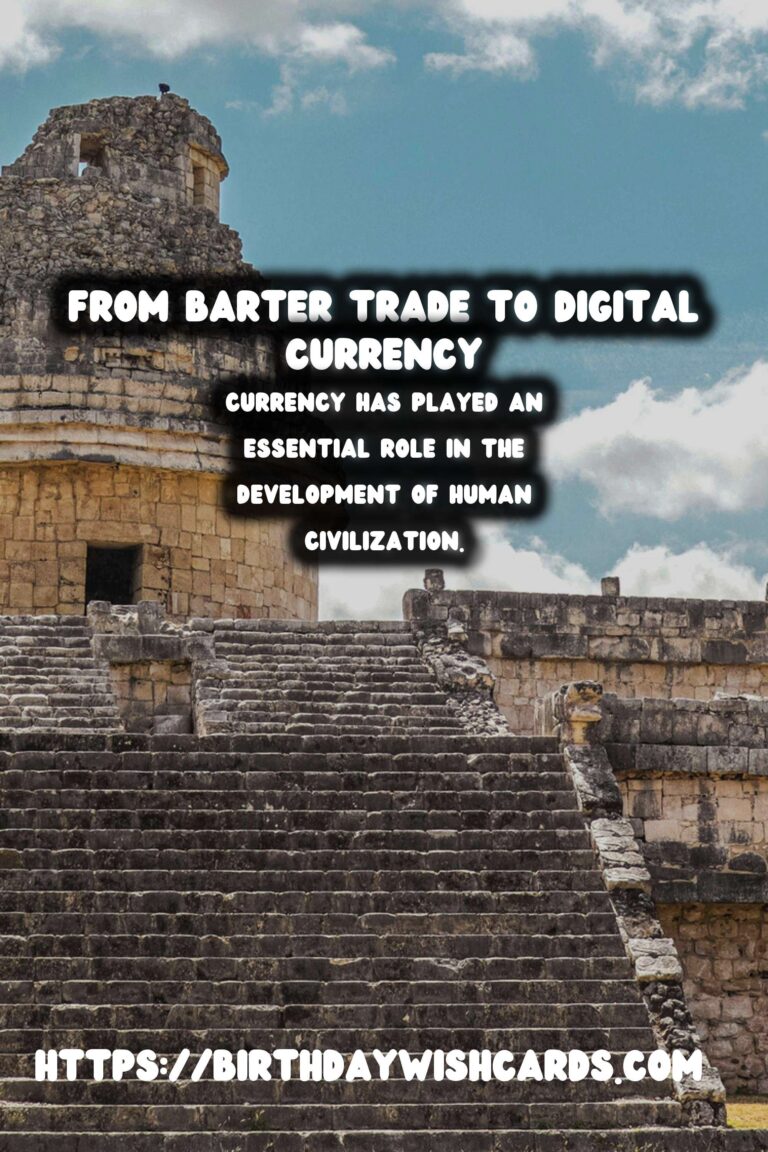
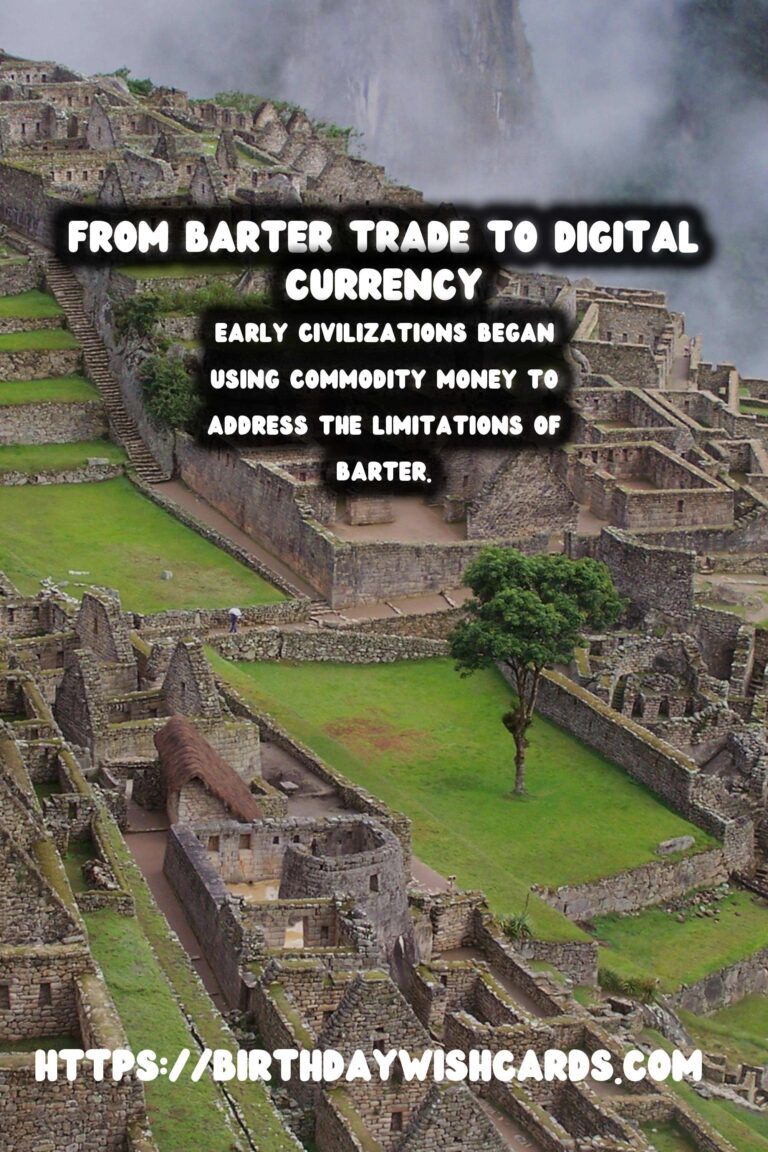


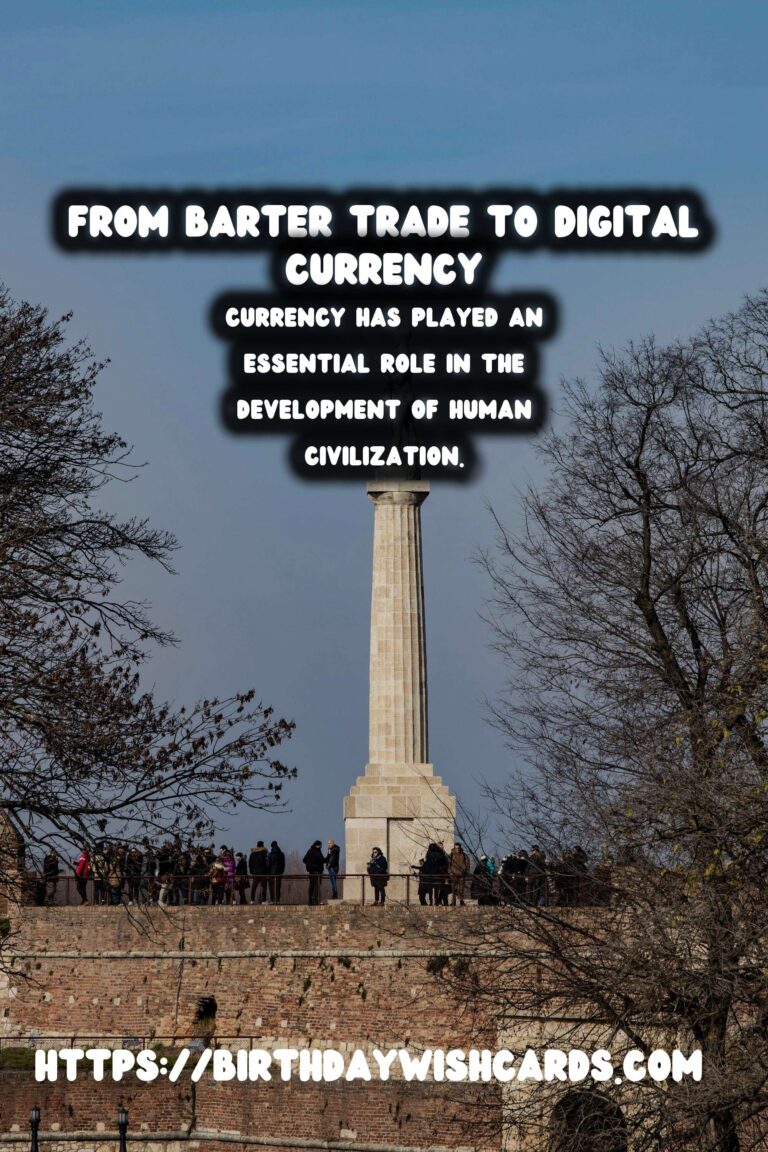
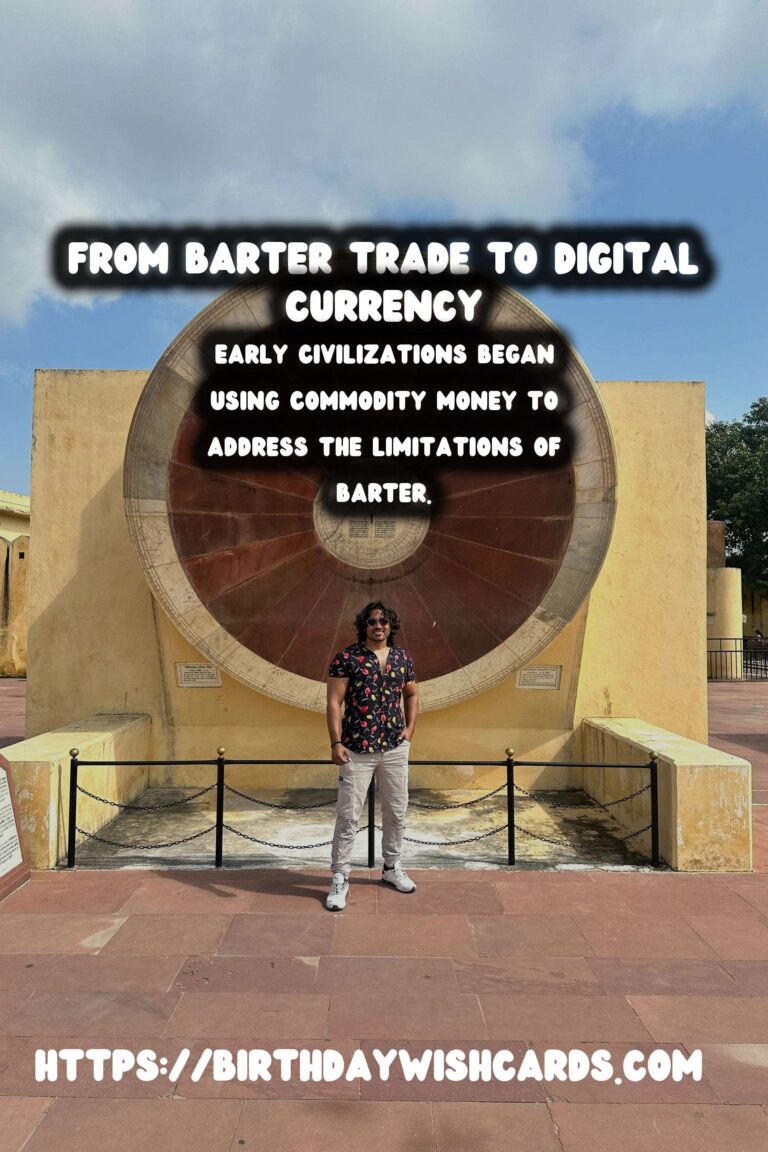
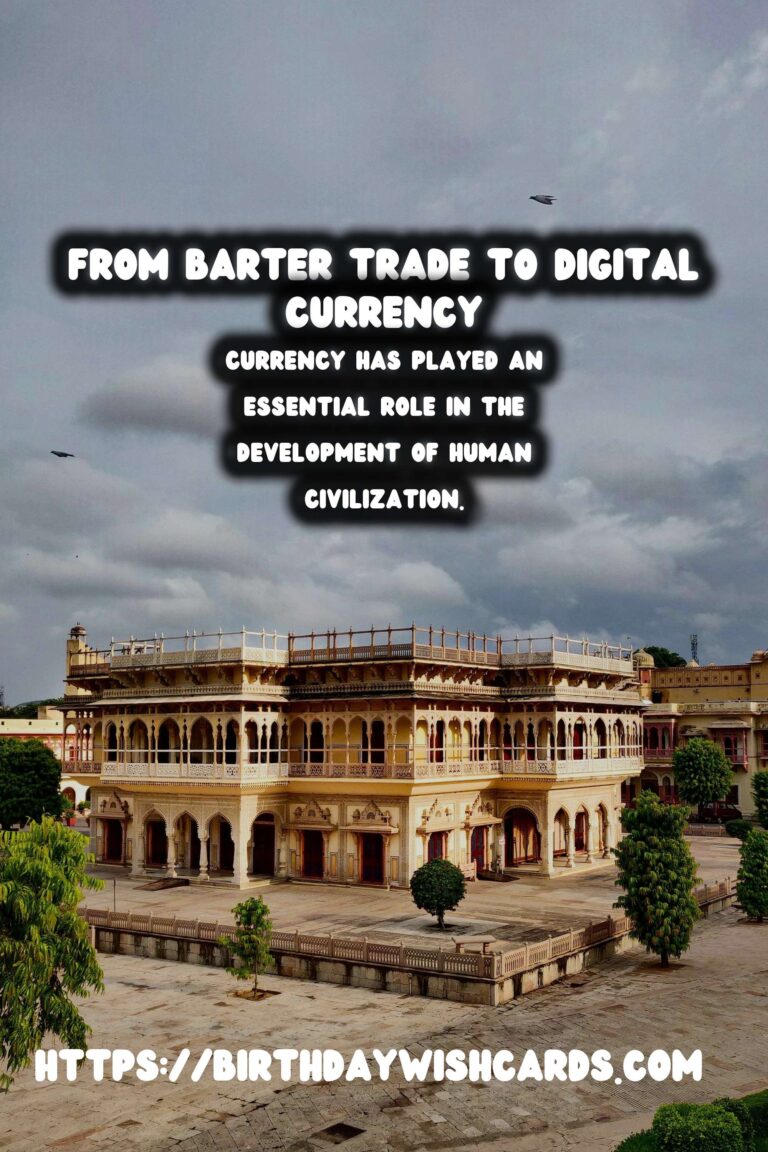
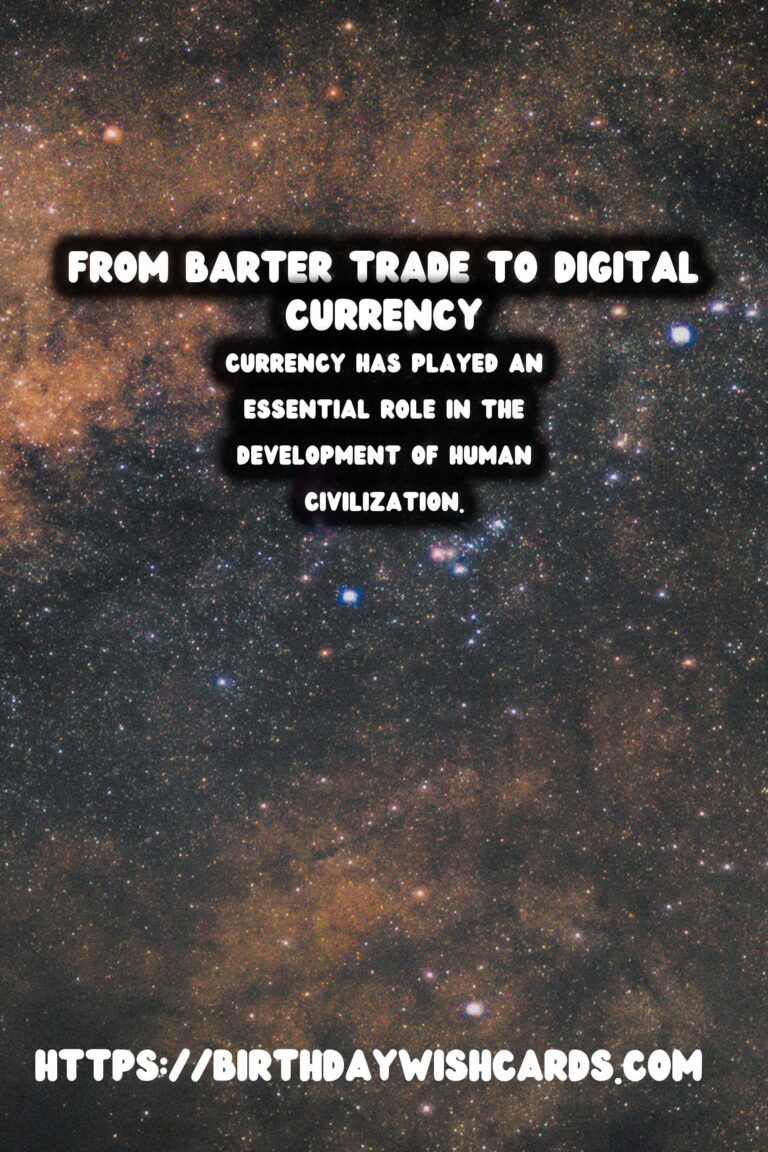
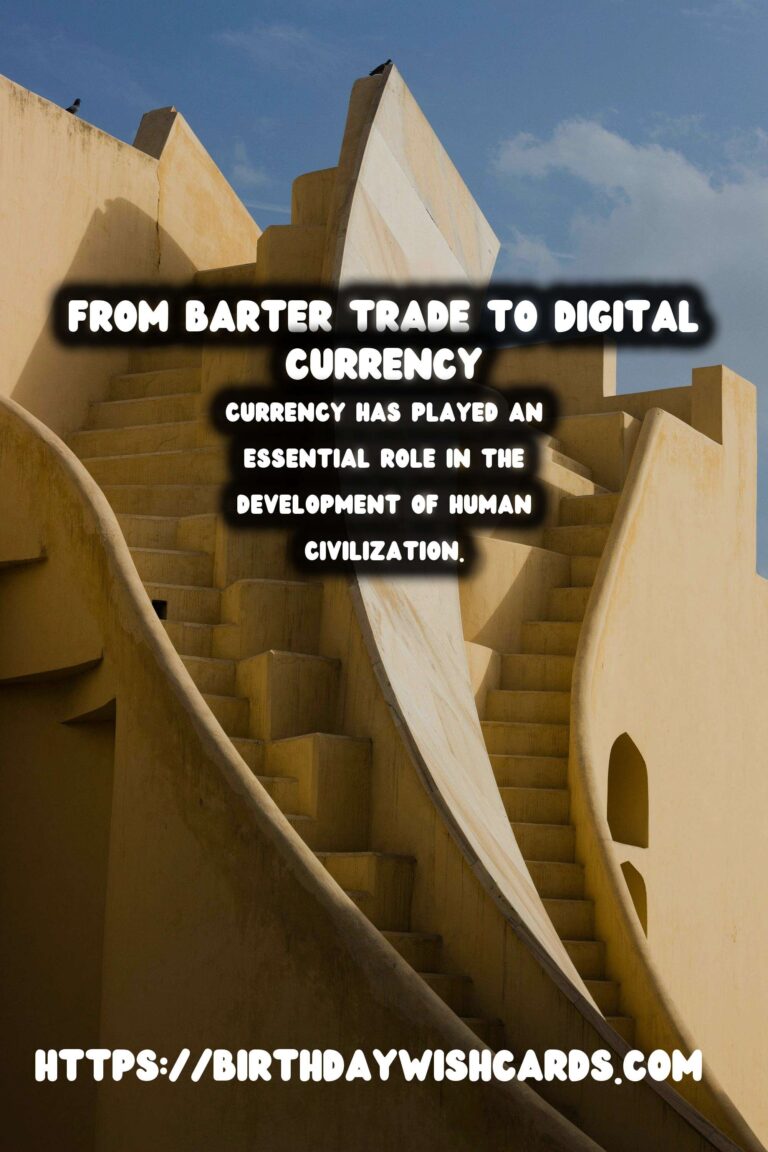
#CurrencyHistory #Blockchain



